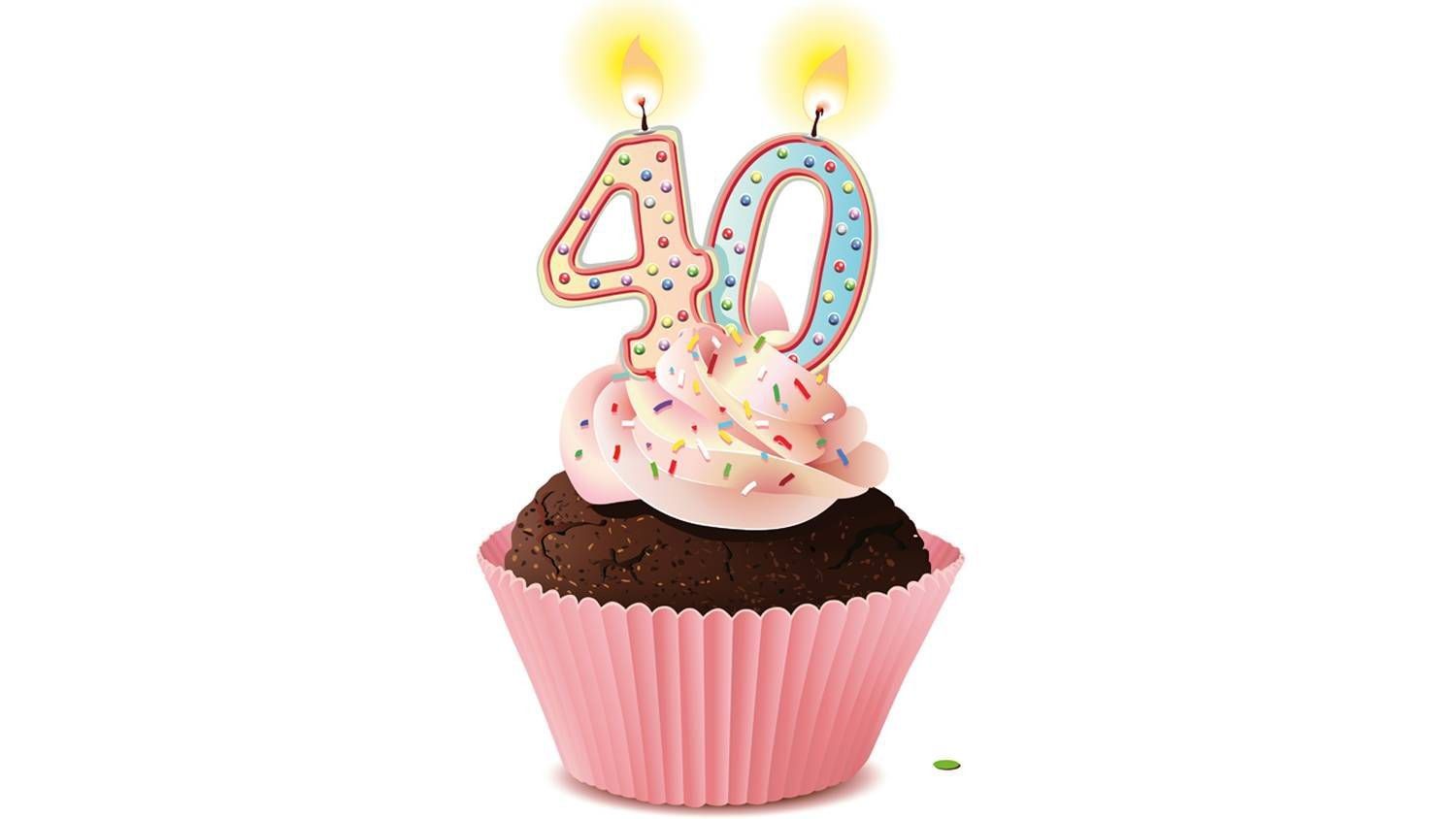Have you ever found yourself in the middle of a seemingly benign conversation that suddenly took a left turn, leaving you feeling like you’ve just been cornered in a boxing ring? One moment, you’re discussing something as innocuous as weekend plans or a recent movie, and the next, you feel your heart rate pick up, your palms get sweaty, and your defenses go up faster than shields on a starship. Welcome to the world of being triggered and defensive in conversations — a place none of us intentionally visit but somehow end up in more often than we’d like.
Now for a defensive deep dive:
1. Recognizing the Signs of Defensiveness
Let’s paint a picture: You’re sharing your thoughts on a project at work, and a colleague interjects with, “Well, actually, I think…” Before they even finish, something inside you snaps. Your brain, in a fraction of a second, translates their comment as an attack on your intelligence or work ethic. Suddenly, you’re not just defending your project; you’re defending your worth, your identity. It’s as if you’ve been teleported to an emotional rollercoaster — the kind where you’re not strapped in, and it’s doing loop-the-loops.
2. Why We Respond Defensively to Perceived Threats
But why do we do this? Why do we go from zero to a hundred at the drop of a hat? It’s like our brains are hardwired to perceive certain remarks or tones as threats, even when logically, we know they’re not. It’s all about protection. Our psyche has this built-in alarm system designed to shield us from emotional harm. Sometimes, it’s a bit too eager, interpreting constructive criticism or differing opinions as personal attacks.
3. Inside the Mind of the Defensive
Being on the defensive is a bit like having an overzealous bodyguard. Imagine you’re at a party, and someone accidentally bumps into you. Before you can even process it was an accident, your bodyguard (aka your defensive side) is ready to throw punches. Internally, you’re battling a mix of emotions — anger, hurt, embarrassment — all swirling together, making it hard to think straight. Your rational side is trying to grab the wheel, but your emotional side has hit the gas pedal.
4. The Fallout
The aftermath of these moments can be tricky. There’s often a cocktail of regret (“Why did I snap like that?”), confusion (“What just happened?”), and sometimes, a stubborn refusal to back down (“Well, they started it!”). It’s like waking up from a bad dream, only to realize you weren’t sleeping. The residue of these encounters can stick with us, making us dread future interactions or worse, painting others as adversaries in our minds.
5. Navigating the Minefield
So, how do we navigate this minefield without setting off explosions? First, it’s about recognizing when you’re starting to feel triggered. It’s that moment when your stomach tightens, and your mind races. That’s your cue to take a breath. Yes, it sounds cliché, but it’s about giving your rational brain a chance to catch up.
Then, there’s the art of the pause — a tactical retreat for your emotions. It’s not about suppression but about giving yourself a moment to ask, “What’s really going on here?” Often, we find that the battle we’re fighting isn’t with the person in front of us but with something within us — a fear, a past hurt, or a deep-seated insecurity.
6. Transforming Defensiveness into Openness
The journey from defensiveness to openness is not a sprint; it’s a marathon. It’s about slowly retraining our brains to see feedback not as arrows but as olive branches. It’s about reminding ourselves that not every differing opinion is a challenge to our worth. And most importantly, it’s about learning to communicate our feelings without erecting fortresses around our hearts. “I felt a bit taken aback by your comment. Can we explore this a bit more?” is a bridge. “Well, actually, you’re wrong”, is a wall.
Navigating the nuanced dance of conversations without stepping on the proverbial landmines of defensiveness can feel like an intricate art form — one that requires patience, practice, and a healthy dose of humility. It’s about embracing the complexity of our emotions and the unpredictability of human interactions with a sense of curiosity rather than apprehension.
7. Embracing Curiosity Over Confrontation
Imagine approaching each conversation with a mindset of curiosity rather than confrontation. Instead of arming yourself with rebuttals, you come equipped with questions. This shift in perspective can transform the dynamic of an interaction. When someone presents a point that might normally trigger a defensive response, try channeling your inner detective. Ask, “Can you tell me more about your perspective?” or “What experiences have led you to this view?” This not only diffuses potential defensiveness on your part but can also open up a space for deeper understanding and connection.
8. The Role of Vulnerability
Vulnerability is often seen as a weakness, but in the context of conversations, it’s a superpower. Admitting that we don’t have all the answers, that we’re affected by the words and actions of others, can be incredibly freeing. It’s like saying, “Hey, I’m human, too. Let’s navigate this together”. When you feel defensive, admitting it can be a game-changer. “I notice I’m feeling defensive right now, and I’m not sure why. Let’s unpack this together”, is a powerful way to turn a potential conflict into a moment of connection.
9. The Power of Pausing
The pause is an underrated tool in our conversational toolkit. It’s the breathing space between stimulus and response where wisdom resides. When triggered, giving yourself permission to pause and not immediately respond can be the difference between escalation and resolution. It’s in these moments of pause that we can ask ourselves crucial questions: “Why does this bother me?”“What am I really reacting to?” Often, the answers to these questions have less to do with the person in front of us and more to do with our own internal narratives and experiences.
10. Rewriting the Script
Each of us has a script in our minds of how conversations are supposed to go, influenced by past experiences, fears, and insecurities. When reality doesn’t match this script, defensiveness can emerge as a protective measure. Recognizing that we have the power to rewrite this script is liberating. It means we’re not bound by past patterns or wounds. We can choose a different response, one that reflects who we are now and who we aspire to be.
11. The Journey Forward
The journey towards less defensiveness is not linear. It’s filled with setbacks and breakthroughs, moments of insight, and periods of struggle. But each step forward, no matter how small, is a step towards a richer, more nuanced way of interacting with the world. It’s a process of unlearning and relearning, of letting go and embracing anew.
In conversations, being triggered and defensive is not a sign of failure but an invitation — an invitation to explore, to understand, and ultimately, to grow. It’s about recognizing that behind every defensive reaction is a story, a fear, or a hope that yearns to be heard. By leaning into these moments with openness and compassion, we not only enrich our own lives but also contribute to a culture of empathy and understanding that can ripple out into the world.
So, the next time you find yourself bracing for battle in a conversation, remember that you have options. You can choose curiosity over defensiveness, connection over conflict, and understanding over winning. And in making these choices, you’re not just navigating conversations more effectively; you’re helping to weave the fabric of a more compassionate society, one interaction at a time.
Learn more about coaching course How to Stop Being Basic and Start Being Bold.






